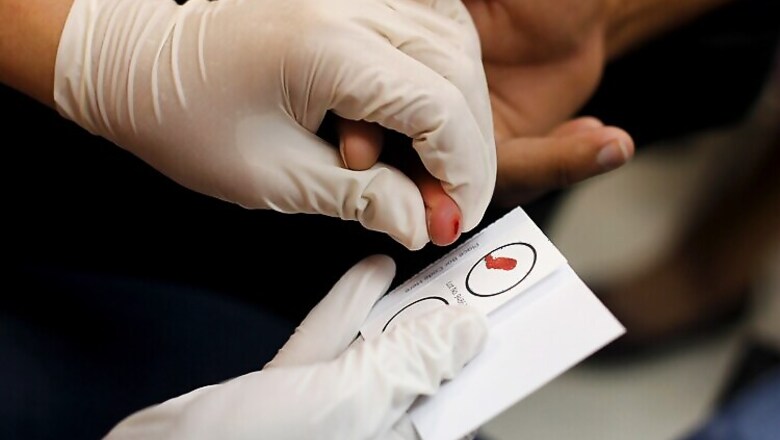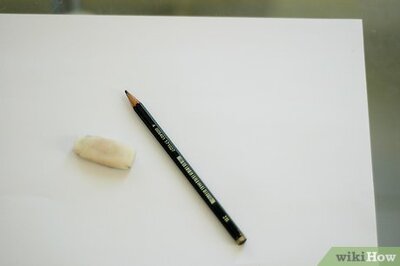
views
Washington: Scientists have found a way to induce antibodies to fight a wide range of influenza subtypes, an advance that could one day eliminate the need for repeated seasonal flu shots.
Scientists from The Scripps Research Institute (TSRI) and the Janssen Pharmaceutical Companies of Johnson & Johnson (Janssen) found that a vaccine candidate can produce powerful 'broadly neutralising antibodies' in animal models.
"This study shows that we're moving in the right direction for a universal flu vaccine," said Ian Wilson, Hansen Professor of Structural Biology and chair of the Department of Integrative Structural and Computational Biology at TSRI.
While a yearly flu shot provides some protection, subtypes not covered by the vaccine can emerge rapidly.
This phenomenon was evident in the 2009 spread of the H1N1 ("swine flu") subtype that killed an estimated 151,700 to 575,400 people worldwide, researchers said. In the last decade, several studies have shown that some people are capable of making powerful antibodies that can fight many subtypes of influenza at once by targeting a site on the influenza virus that does not mutate rapidly.
However, these "broadly neutralising antibodies," or bnAbs, are rare. Janssen and TRSI set out to create an influenza vaccine specially designed to elicit them.
Researchers zeroed in on a possible target: a protein on the surface of influenza, called hemagglutinin (HA). HA is present on all subtypes of influenza, providing the key viral "machinery" that enables the virus to enter cells.
Most importantly, the long "stem" region of HA, which connects the virus to cells, plays such a crucial role that mutations at the site are unlikely to be passed on.
To create antibodies against the HA stem, the research team looked to influenza's own structure, specifically the universal recognition site of the broadly protective antibody CR9114 in the HA stem.
This vaccine candidate was designed, produced and tested by a team of scientists led by Jaap Goudsmit, head of the Janssen Prevention Center, the paper's first author Antonietta Impagliazzo and co-senior author Katarina Radosevic.
The effort represents the first time scientists have been able to cut off the variable head region of HA, designing features able to stabilise the conformation of the original protein, and at the same time faithfully mimicking the key broadly neutralising site.
The ultimate goal was to use this synthetic version of the HA stem in a vaccine to teach the body to make powerful antibodies against influenza virus, priming it to fight off a variety of flu strains.
The scientists studied the response of rodent and nonhuman primate models given one of several candidate immunogens.
They found that animals given one especially stable immunogen produced antibodies that could bind with HAs in many influenza subtypes, even neutralising H5N1 viruses ("avian" or "bird" flu). The research was published in the journal Science.













Comments
0 comment